
Photo by Brian Smith
American documentary photographer Elliott Erwitt was born Elio Romano Erwitz in 1928 in Paris to Russian parents. Often considered a master of style, Erwitt's work is best known for the candor and humor that shines through his black-and-white pictures. Erwitt began dabbling in photography as a teenager living in Los Angeles, shooting weddings. Later, he shot photos for the Army in France and Germany; later living in New York, he met fellow war photographer Robert Capa, who invited him to join the Magnum Photos agency. Erwitt is responsible for making some of the most prominent portraits of the 20th century, capturing Marilyn Monroe, Richard Nixon and Marlon Brando, among others. His joyful photos with dogs — particularly images of them jumping — has become another calling card of his; his first dog collection, Son of Bitch, was published in 1974.
One of Elliott Erwitt's most iconic photographs is one he casually shot of his first wife, their 6-day-old daughter and cat on the bed in their Upper East Side Manhattan apartment. The soft summer window light dapples the mussed sheets, highlighting in silver the adoring mother's cheek and baby bare bottom; the photograph appeared in the Museum of Modern Art's Family of Man exhibition and book. Although he still travels extensively today, the artist is based in New York City. Erwitt's photos are held in the collections of the Art Institute of Chicago, the National Gallery of Art and the Cleveland Museum of Art, among others.

Elliott Erwitt: Home Around the World is a fully illustrated catalog edited by the Ransom Center's Nancy Inman and Marlene Nathan Meyerson Curator of Photography Jessica S. McDonald. Offering new scholarly research, it serves as a timely and critical reconsideration of Erwitt's unparalleled life as a photographer. Produced alongside a major retrospective exhibition, the book features examples of Erwitt's early experiments in California, his intimate family portraits in New York, his major magazine assignments and long-term documentary interests, and his ongoing personal investigations of public spaces and their transitory inhabitants. Essays by photography experts based on extensive new interviews with the photographer consider less-studied aspects of Erwitt's work: his engagement with social and political issues through photojournalism, the humanist qualities of his very early photographs, and his work as a filmmaker. Home Around the World traces the development and refinement of Erwitt's unique visual approach over time.

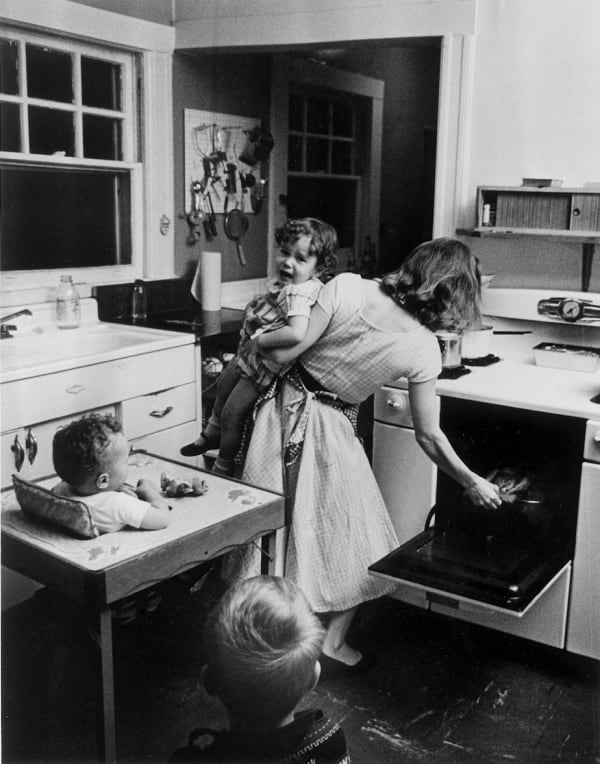


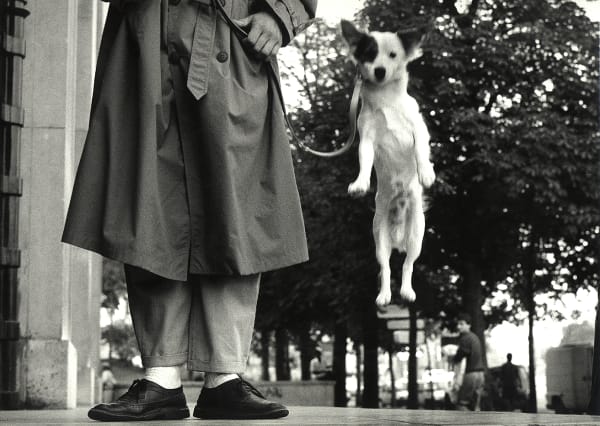



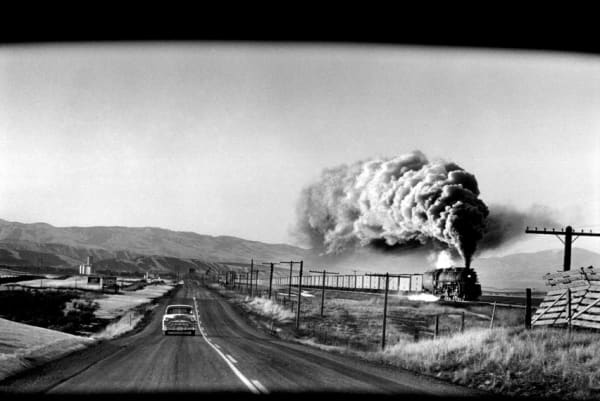

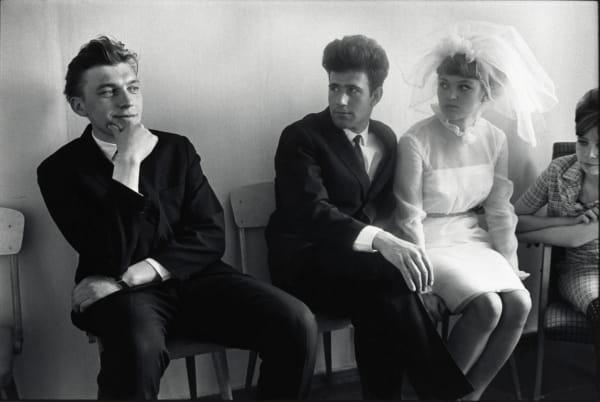



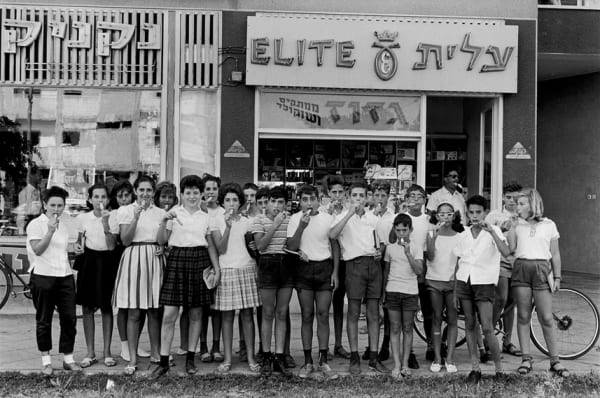


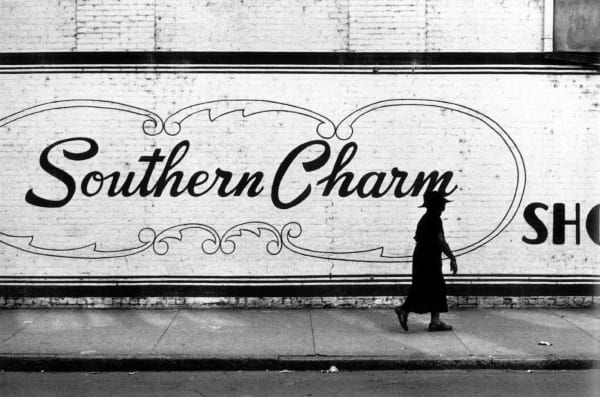
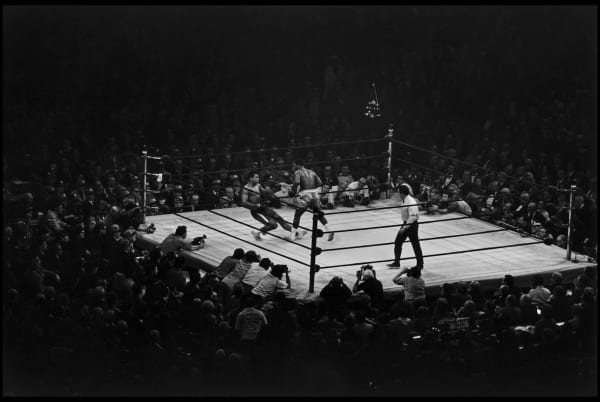

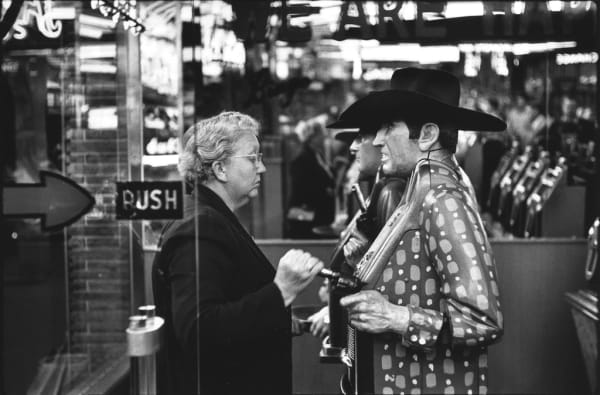

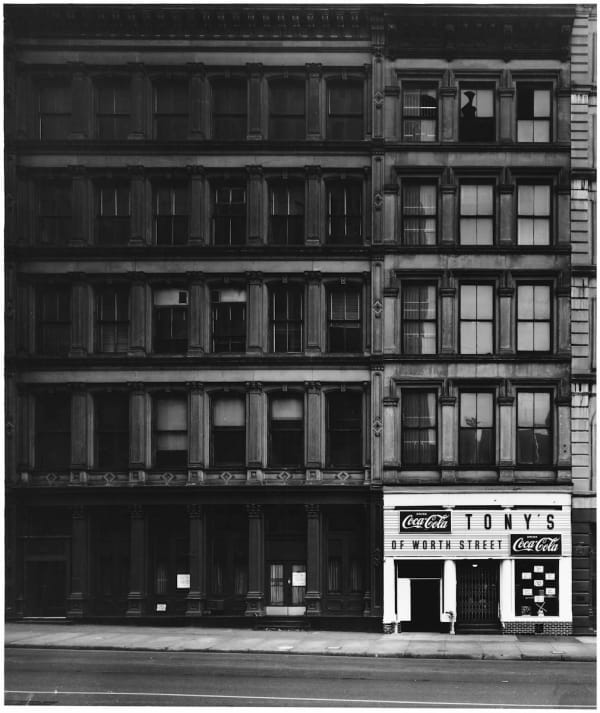
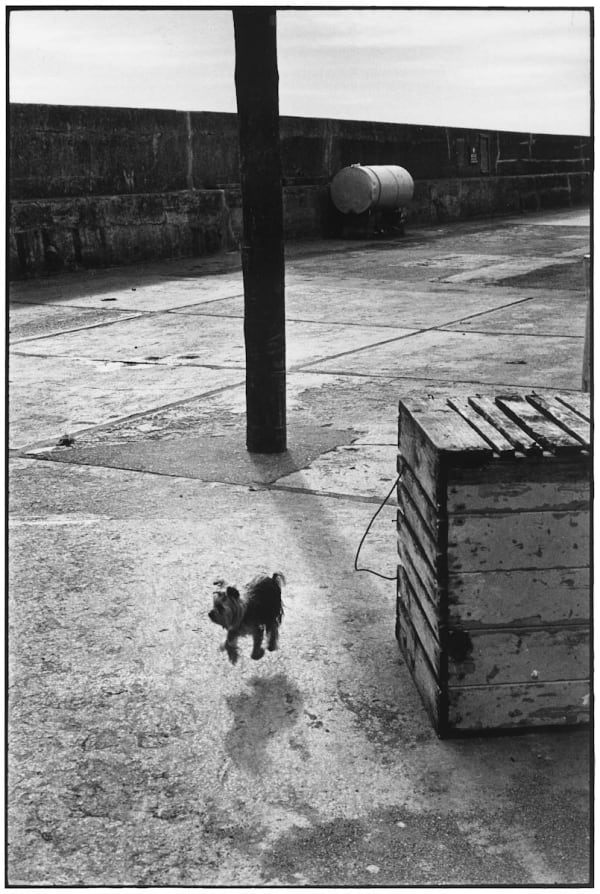


This website uses cookies
This site uses cookies to help make it more useful to you. Please contact us to find out more about our Cookie Policy.